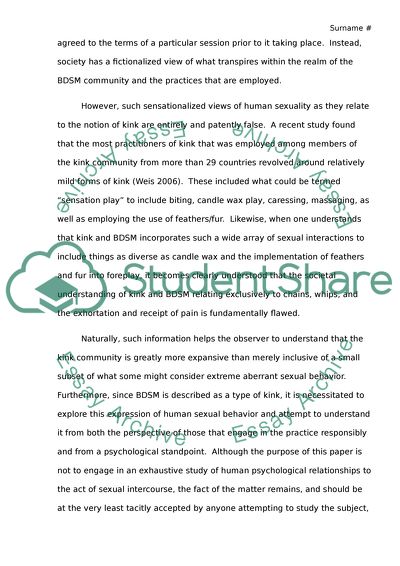Cite this document
(“An often misunderstood realm of human sexuality Research Paper”, n.d.)
Retrieved from https://studentshare.org/psychology/1456829-fetishes-and-sexually-deviant-behavior
Retrieved from https://studentshare.org/psychology/1456829-fetishes-and-sexually-deviant-behavior
(An Often Misunderstood Realm of Human Sexuality Research Paper)
https://studentshare.org/psychology/1456829-fetishes-and-sexually-deviant-behavior.
https://studentshare.org/psychology/1456829-fetishes-and-sexually-deviant-behavior.
“An Often Misunderstood Realm of Human Sexuality Research Paper”, n.d. https://studentshare.org/psychology/1456829-fetishes-and-sexually-deviant-behavior.


